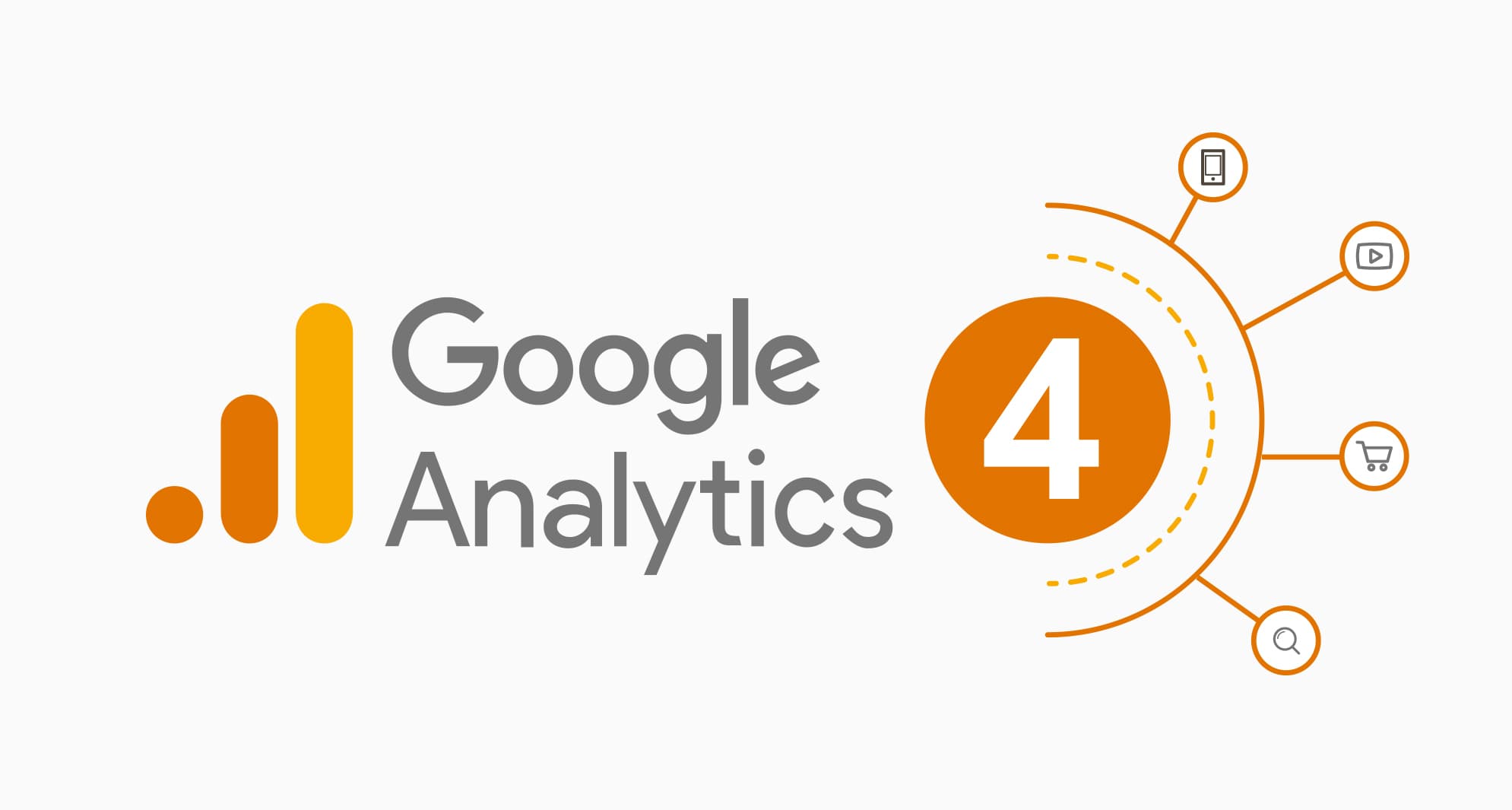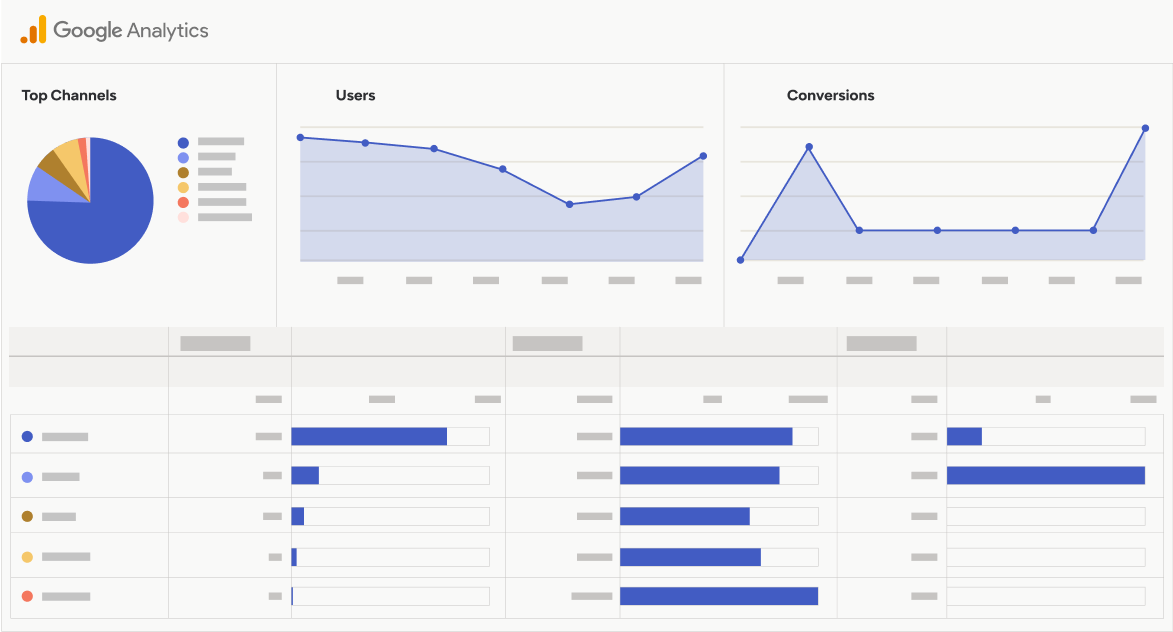When Does the Google Analytics Tracking Code Send an Event Hit to Analytics? Timing and Best Practices Explained
When Does the Google Analytics Tracking Code Send an Event Hit to Analytics? Timing and Best Practices Explained
Blog Article
Master Internet Site Insights With Accurate Google Analytics Monitoring Code
The reliable usage of Google Analytics pivots on the exact implementation of its monitoring code, an essential action usually ignored by site proprietors. What are the typical pitfalls that could weaken your monitoring efforts, and just how can you guarantee precision in your method?
Recognizing Google Analytics Fundamentals
Google Analytics is an important device for site proprietors and marketing professionals, offering invaluable insights right into user habits and website efficiency. At its core, Google Analytics collects information about site visitors to a web site, allowing customers to assess metrics such as traffic sources, individual interaction, and conversion rates. Comprehending these basics is essential for maximizing a web site's effectiveness and improving individual experience.
The system uses cookies to track interactions, tape-recording information such as web page sights, session periods, and bounce prices. This info is aggregated and provided with adjustable control panels, making it possible for customers to visualize patterns in time. Secret efficiency indications (KPIs) can be kept track of, such as the overall number of individuals, brand-new versus returning visitors, and the geographic distribution of the audience.
Additionally, Google Analytics supplies segmentation features, allowing individuals to separate details traffic resources or customer demographics for even more targeted analysis. By mastering these foundational elements, website owners can make enlightened choices concerning material method, advertising campaigns, and overall website improvements. Inevitably, understanding Google Analytics essentials is important for leveraging data to drive growth and attain organization goals successfully.
Establishing Your Tracking Code

Duplicate the given monitoring code and paste it right into the HTML of your website. Preferably, this code ought to be placed in the header area of every web page you desire to track. This ensures that the monitoring code lots prior to any type of other material, enabling it to capture data properly. If you are using a material monitoring system (CMS) like WordPress, there are plugins available that simplify the combination procedure.
After setup, confirm that the tracking code is functioning appropriately by utilizing Google Tag Assistant or the Real-Time reports in Google Analytics - when does the google analytics tracking code send an event hit to analytics?. This action is necessary to verify that your data collection is precise and energetic, establishing the foundation for insightful evaluation
Usual Tracking Code Issues
This might occur when the tracking code is put in the incorrect section of the site's HTML, usually leading to incomplete or missing information. In addition, having multiple instances of the tracking code on a solitary web page can result in inflated metrics, as individual interactions may be counted a lot more than when.
One more concern occurs from making use of advertisement blockers, which can avoid the tracking code from performing altogether, therefore skewing information. when does the google analytics tracking code send an event hit to analytics?. In addition, failure to configure filters appropriately can bring about the exemption of essential traffic sources or the addition of unwanted referral spam, distorting the data collected
Website owners may also neglect the value of monitoring code updates, specifically when moving to Google Analytics 4 (GA4) from Universal Analytics. Last but not least, insufficient testing before launching modifications can result in undiscovered errors in the monitoring code, additionally making complex data reliability. Dealing with these common concerns is crucial for ensuring accurate monitoring and informative analytics.
Studying Site Data Effectively
Accurate information collection is just the initial step in leveraging Google Analytics; the real value lies in effectively assessing that information to drive educated decision-making. To achieve this, it is important to determine essential performance signs (KPIs) that line up with your business objectives. Focus on metrics such as conversion prices, individual engagement, and traffic resources, as these will offer insights right into customer habits and the overall performance of your web site.
Utilizing Google Analytics' division features enables a deeper understanding of your target market. By breaking down information into details demographics, habits, and website traffic channels, you can reveal patterns and patterns that inform targeted techniques. link Implementing custom-made reports and control panels can improve this process, enabling quick accessibility to important data.
Additionally, frequently assessing data patterns with time helps to determine abnormalities and opportunities for enhancement. Make use of visualization tools to present information in a conveniently digestible style, facilitating a lot more effective communication with stakeholders. Inevitably, the capability to examine internet site data successfully empowers companies to make critical choices that enhance customer experience, optimize advertising efforts, and drive growth.

Finest Practices for Accurate Monitoring
Executing reliable monitoring methods is vital for getting dependable information in Google Analytics. To guarantee accurate tracking, start by properly installing the Google Analytics tracking code on every web page of your site. This can be completed with a tag supervisor or by straight embedding the code right into the HTML.
Next, configure your Google Analytics account to omit inner traffic. This can be done by establishing filters that recognize and remove check outs from your company's IP address, thus stopping manipulated data. Furthermore, make use of occasion tracking to keep track of details user interactions, such as downloads or video clip plays, which conventional web page sights might overlook.
Consistently audit your tracking configuration to verify that all attributes, such as objectives and ecommerce monitoring, are functioning correctly. Develop a constant identifying convention for your campaigns and events to help with much easier coverage and evaluation.
Last but not least, consider leveraging UTM parameters for campaigns to get understandings right into the performance of various marketing efforts. By complying with these ideal techniques, you can enhance the accuracy of your data collection and analysis, ultimately resulting in more informed decision-making for your website.
Final Thought
By making certain the monitoring code is properly placed and on a regular basis examined, internet site proprietors can capture important user communication data, hence assisting in the identification of vital performance indications. Inevitably, a durable tracking structure boosts the ability to drive engagement and enhance total site efficiency.

Inadequate testing prior to releasing changes can result in undetected mistakes in the monitoring code, even more complicating information dependability.Carrying out efficient tracking practices is critical for getting trustworthy data in Google Analytics. By ensuring the monitoring code is properly placed and routinely examined, web site owners can record important user communication data, hence assisting in the identification of vital efficiency indicators.
Report this page